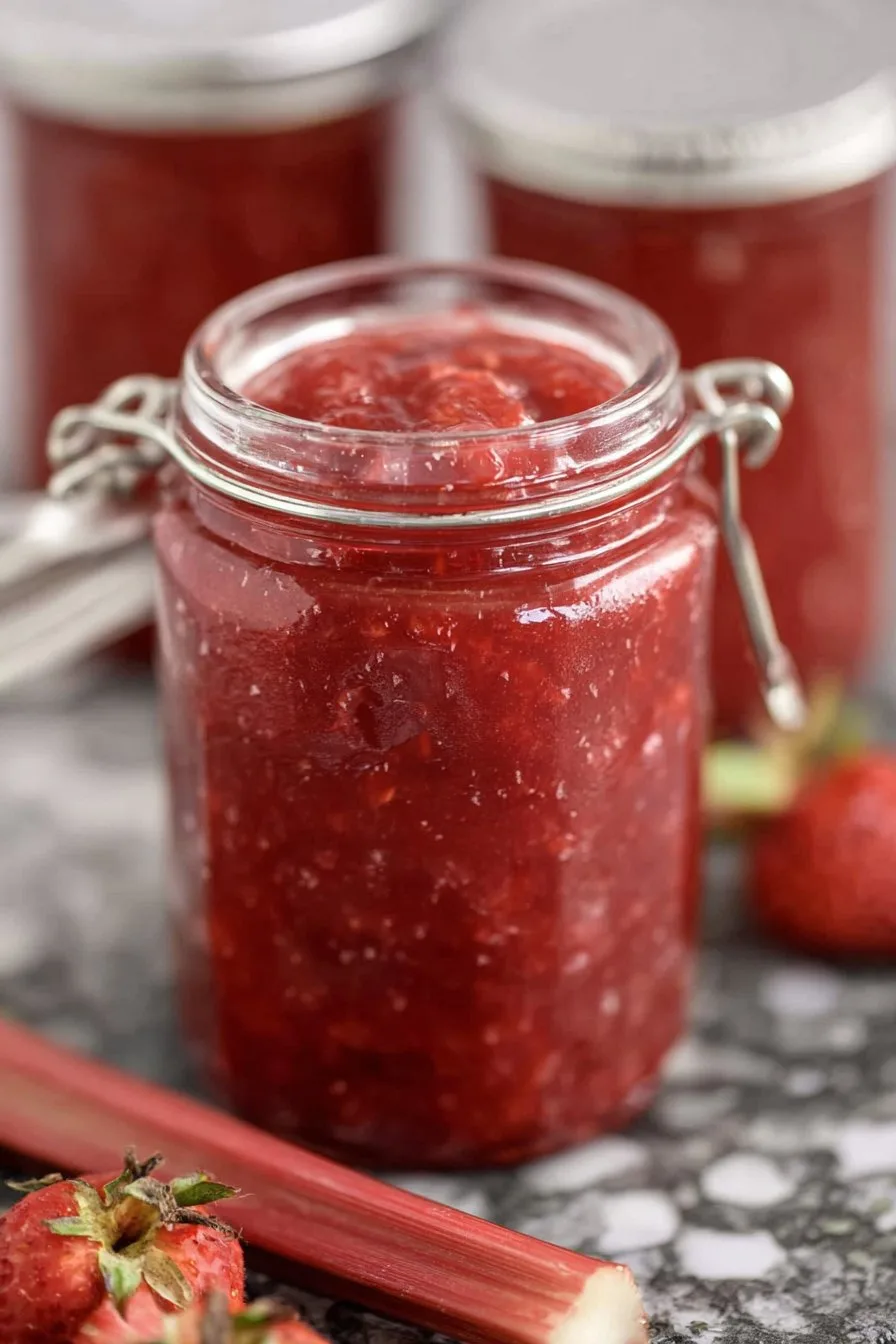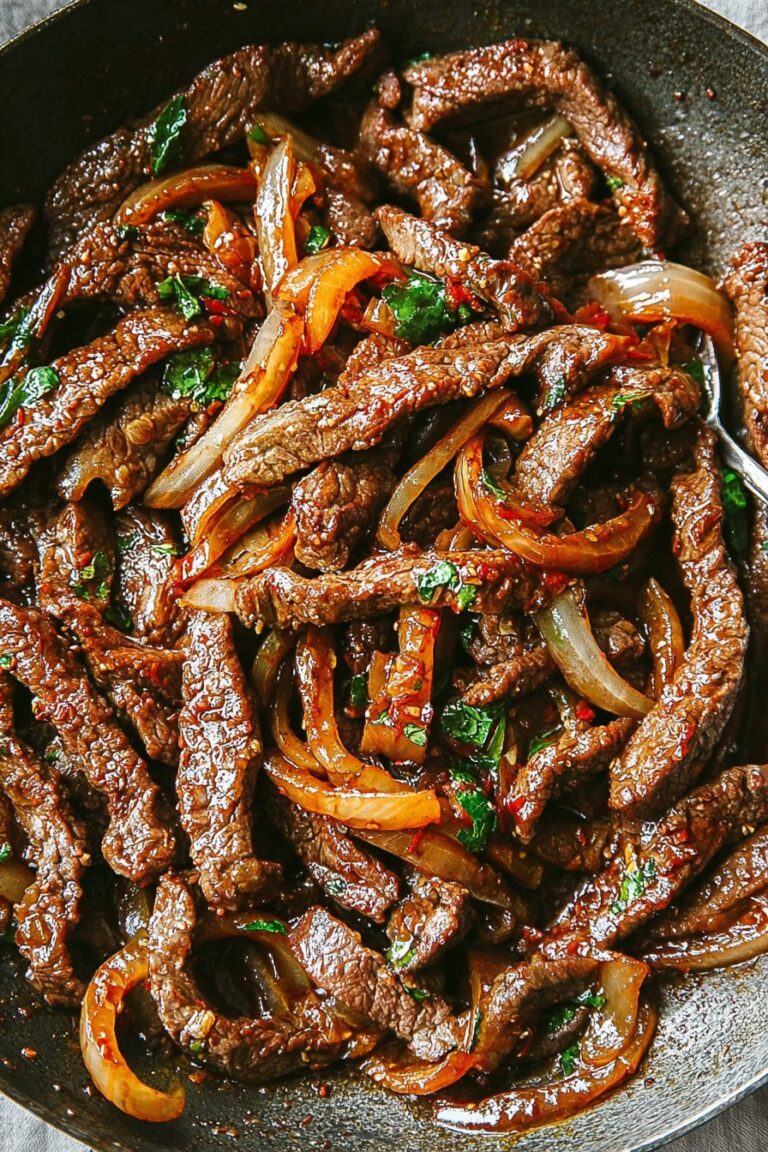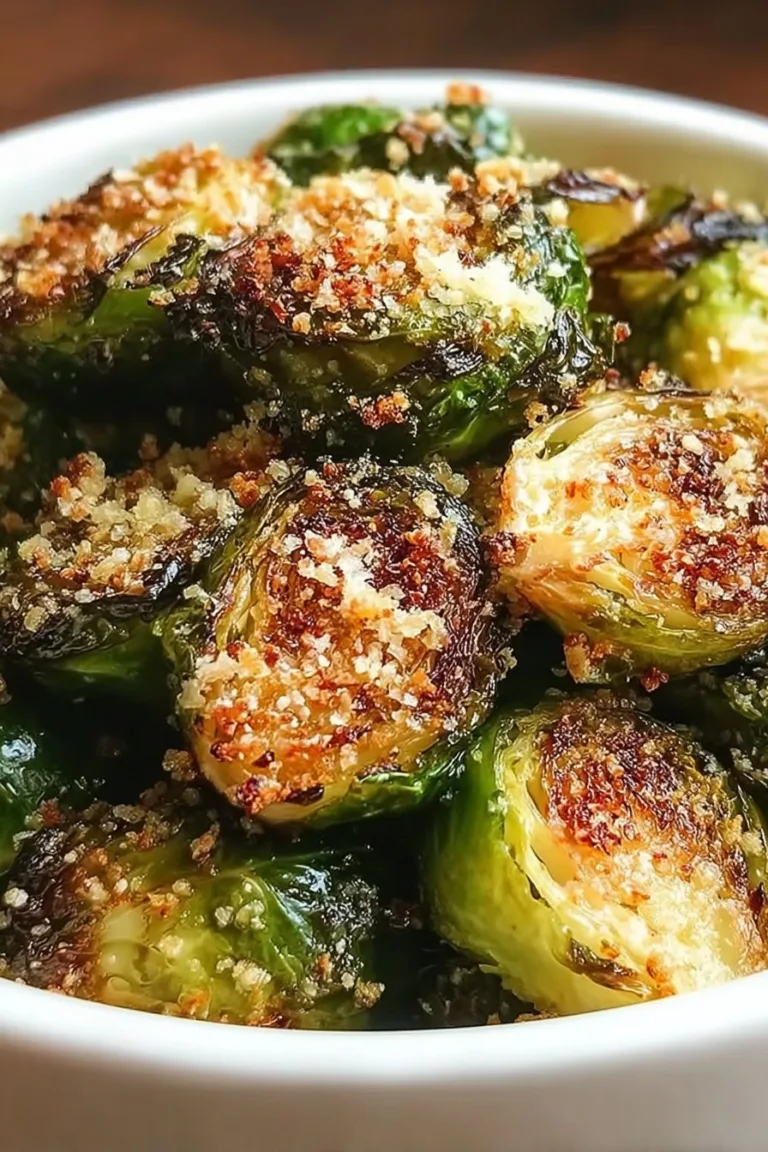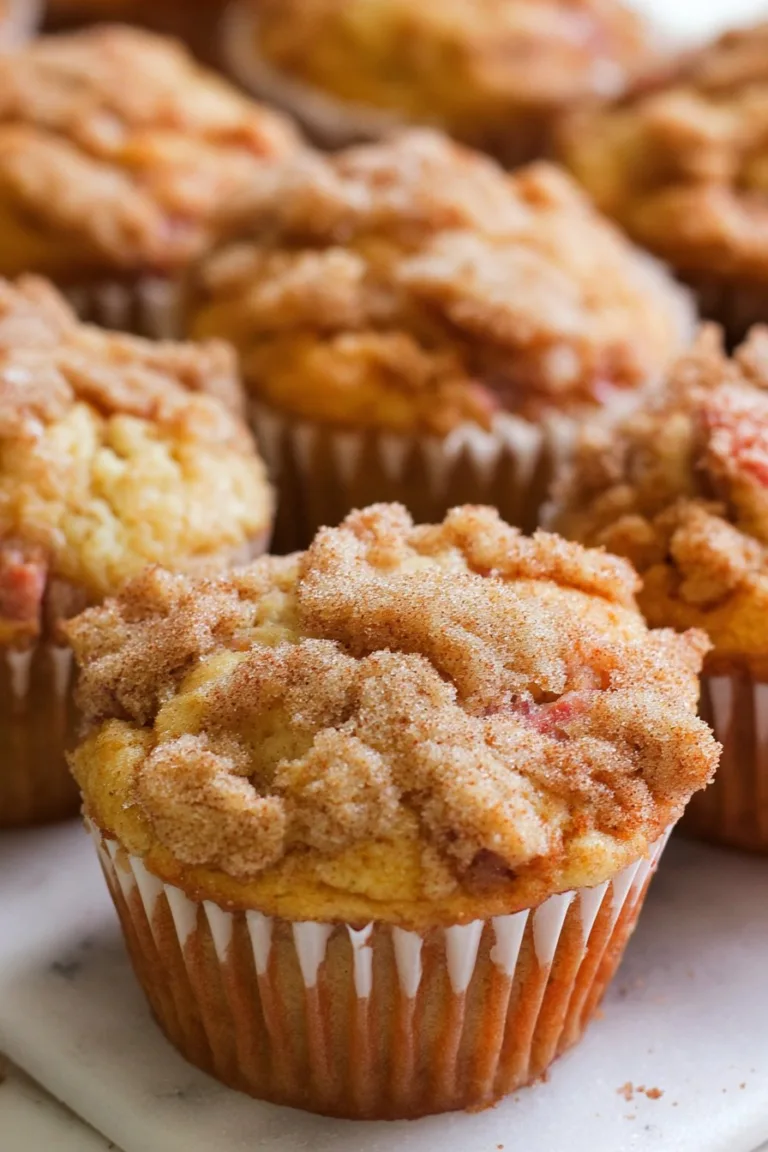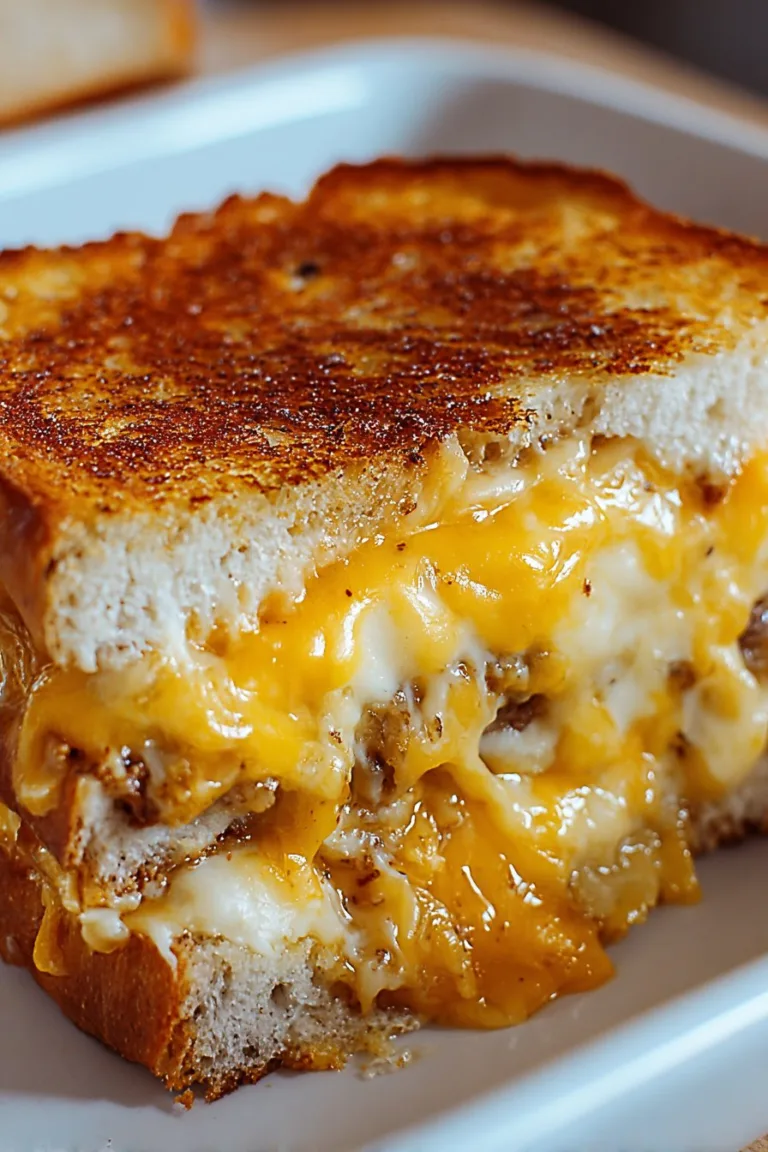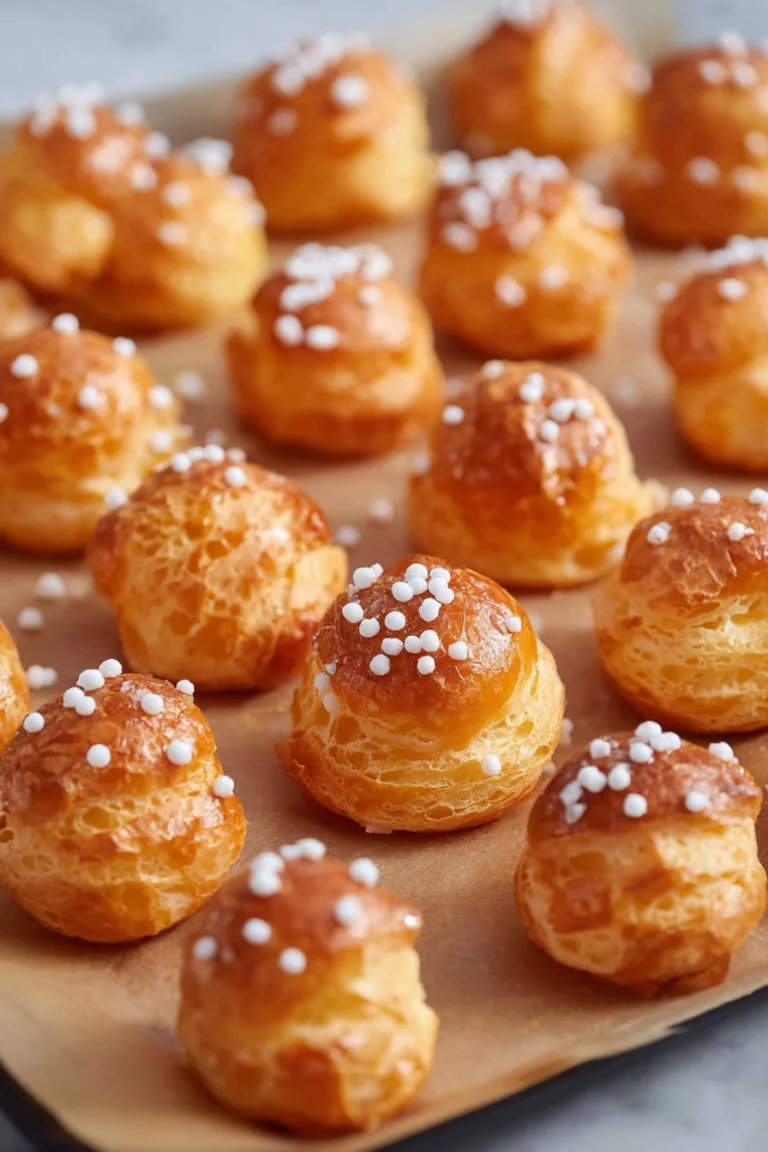Let’s Chat About Strawberry Rhubarb Jam (and That Time I Almost Burned My Kitchen)
Listen, if you’d told me a few years ago that I’d be the person lovingly stirring a pot of jam on the stove instead of, say, accidentally melting a spatula in the microwave (true story, don’t ask), I’d have laughed you out of my kitchen. But here we are. Every spring, when rhubarb starts popping up at the market—those tart, neon-red stalks just begging to be paired with strawberries—I get this itch to make jam. There’s something so nostalgic about it for me. My gran used to have a hodgepodge of mismatched jars lined up on her shelf (labels: questionable, taste: always 10/10), and the strawberry rhubarb was the one we’d fight over at breakfast. I’ve got a few scars and some ruined dish towels from my own jam attempts, but hey, that’s half the fun, right?
Why I’m Obsessed With This Jam (And Why You’ll Probably Love It Too)
I make this when I want my house to smell like a dream—seriously, if you could bottle that aroma, you’d be rich. My family goes nuts for this stuff because it’s got that perfect sweet-tangy thing going on, and not to brag (okay, a little), but it’s absolutely killer on toast or even spooned right from the jar. I used to dread the fiddly bits (hello, sticky counters), but once I stopped fussing over perfection, the process actually got fun. Plus, if the jam doesn’t set perfectly, just call it a compote! Shhh, your secret’s safe with me.
Here’s What You’ll Need (But Don’t Stress the Details)
- 2 cups chopped rhubarb (about 3-4 stalks; if you’re short, just use a bit more strawberry)
- 2 cups hulled and chopped strawberries (fresh is best, but frozen totally works in a pinch)
- 1.5 cups sugar (I sometimes use a mix of white and raw sugar; granulated is fine, but brown gives it a deeper flavor—I’ve tried honey, but honestly, it can get a bit weird)
- Juice of 1 lemon (My gran swore by Meyer lemons, but any lemon does the trick. No lemon? A splash of apple cider vinegar is a decent stand-in)
- Optional: Pinch of salt (weird but helps flavor), splash of vanilla, or a small chunk of ginger for a kick
Let’s Make Some Jam – Follow Along, But Don’t Panic
- Prep your fruit. Toss the chopped rhubarb and strawberries in a big bowl with the sugar and lemon juice. Give it a stir and let it sit for about 30 minutes. The fruit will get glossy and juicy. (This is the bit where I usually clean up the kitchen or get distracted by a podcast.)
- Cook it up. Dump everything in a heavy-bottomed pot (I use my old Dutch oven, but honestly, any large saucepan will do if you keep an eye on it). Bring it to a gentle simmer over medium heat. Stir, stir, stir. Don’t wander too far—trust me on this; I once watched half an episode of Bake Off and almost ended up with caramel.
- Bubble, bubble, toil, and (not too much) trouble. Let it cook, stirring now and then, for 20-30 minutes. The fruit should break down, and the whole thing will get thick and jammy. (This is where I sneak a spoonful—purely for quality control, obviously.) Don’t worry if it looks a bit runny; it thickens as it cools. If it foams up, just skim off the foam with a spoon, or don’t, it’s honestly fine either way.
- Check the set. To see if it’ll hold together, plop a bit on a cold plate from the freezer and nudge it with your finger after a minute. If it wrinkles, it’s ready. If not, give it another 5 minutes and try again. Or just decide you like it looser—it’s your jam. On second thought, I think I like it a bit on the soft side myself.
- Jar it up. Pour the hot jam into clean jars (maybe not all the way to the top; I’ve learned this the messy way). Seal ’em up. If you’re into proper canning, check out Ball’s canning guide (I find their instructions less intimidating than some). Otherwise, just stick the jars in the fridge and call it a day.
Real Life Notes (What I’ve Learned the Hard Way)
- Jam will bubble up—don’t fill the pot more than halfway, or you’ll be chasing sticky lava across your stovetop.
- I once tried skipping the macerating step (that’s the fancy word for letting fruit and sugar hang out), but the texture was all wrong. So, now I always wait—well, mostly.
- If you’re using frozen fruit, thaw and drain it first; otherwise, you might end up with a soupy situation. Trust me.
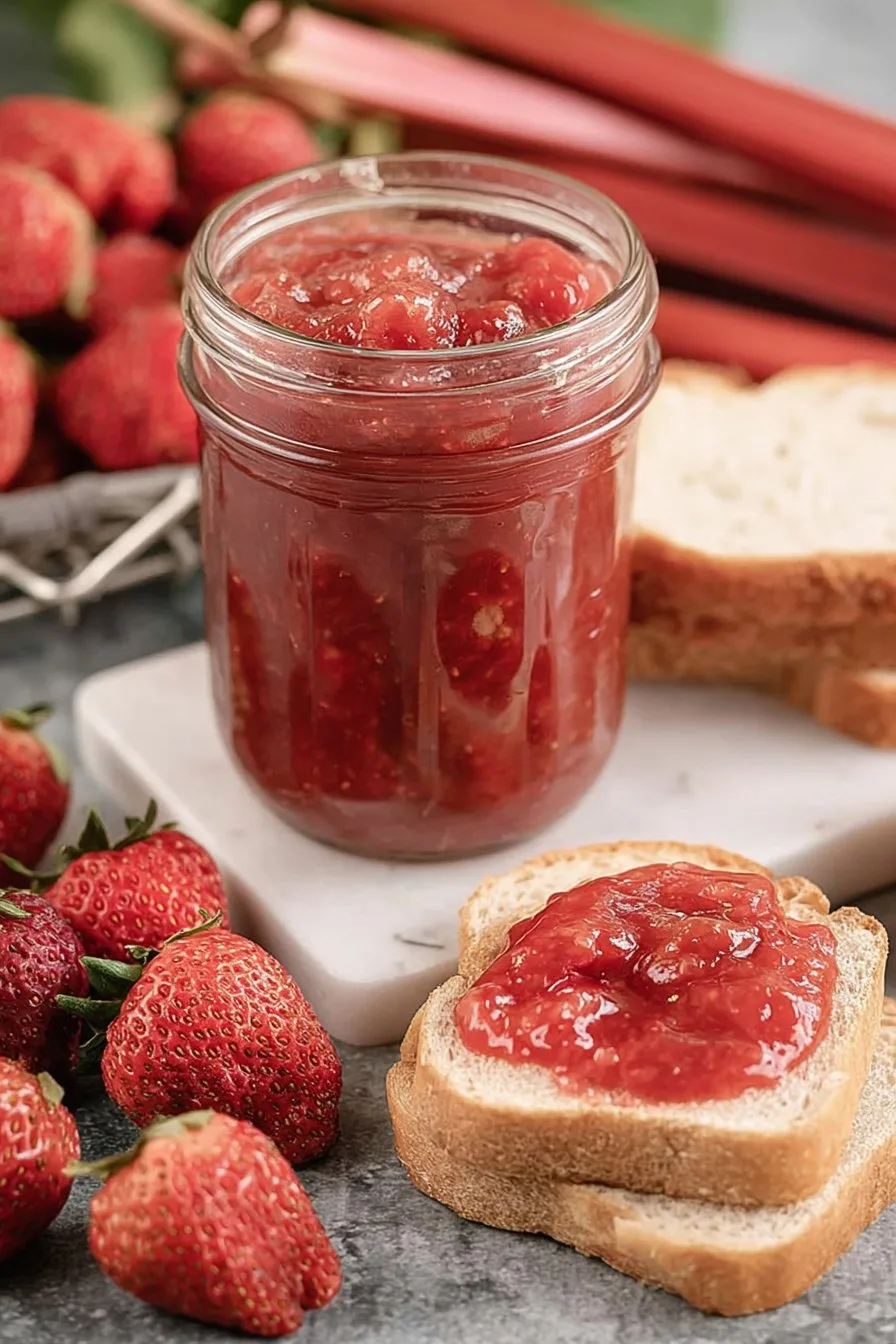
Variations I’ve Actually Tried—Some Winners, Some Oopsies
- Add ginger: A thumb-sized piece of fresh ginger, peeled and grated, for a warming zing. We loved it, but not everyone did (my nephew said it tasted like Christmas, but not in a good way).
- Cardamom: Tiny pinch, for a floral twist. It’s subtle, but I dig it—maybe not for purists.
- Honey instead of sugar: I wanted to be earthy and wholesome. The flavor was… odd. Wouldn’t repeat, but hey, give it a go if you’re curious!
Equipment: What You Need (and How to Fake It)
- Large saucepan or Dutch oven – if you’re short on heavy pots, just use a deep skillet and stir more often. I’ve even tried a slow cooker (not recommended—it took ages and I lost patience halfway through).
- Wooden spoon or spatula – or just a sturdy spoon. Metal’s okay, but I find it gets too hot.
- Jars with lids – I reuse old jars all the time, just make sure they’re clean and not ancient. If you’re out of jars, a clean Tupperware works in a pinch (jam purists, look away).
Storing Your Jam (But Will It Even Last?)
If you seal them hot and clean, the jars keep in the fridge for about three weeks—maybe longer, but I’ve never managed to keep them around that long. For longer storage, check out official food safety tips. But honestly, in my house, I blink and it’s gone!
How I Serve It (aka, The Toast Chronicles)
My absolute favorite: slathered on thick, crusty sourdough with a pat of salted butter. Though my kid loves it on pancakes (and once in yogurt, which, to be fair, was pretty good). At Christmas, we dollop it on thumbprint cookies, which feels all kinds of festive. If you come up with a new combo, let me know, because I’m always looking for excuses to eat more jam.
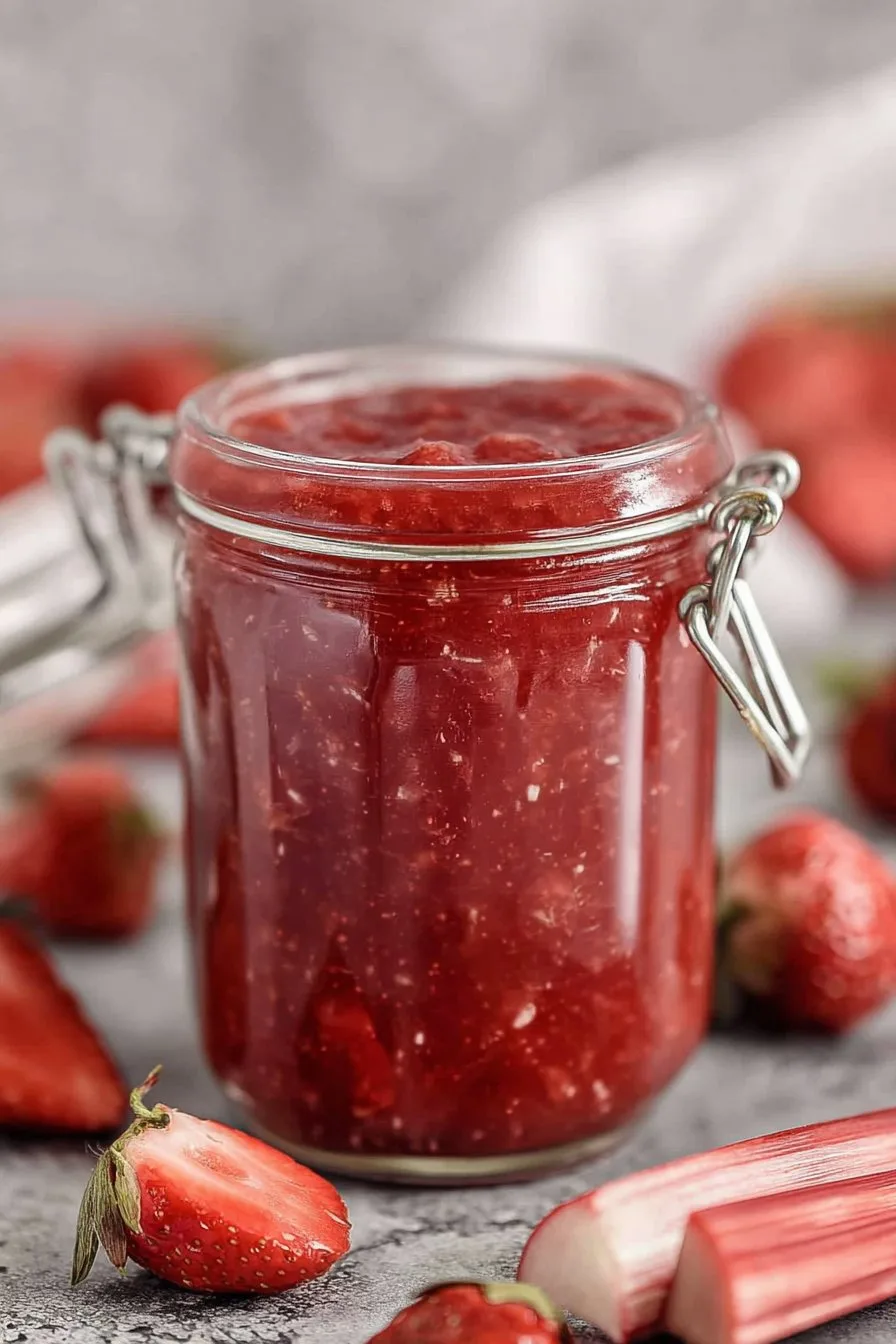
Lessons Learned (My Pro Tips, Such As They Are)
- Don’t crank up the heat to “hurry up” the thickening—trust me, I did that once and ended up with a scorched mess and a stubborn pot to scrub.
- Actually, I find it works better if you leave the jam to cool before you tuck it away—it thickens up nicely and won’t fog your jars.
- Always, always taste as you go. You’d be shocked how tart rhubarb can be sometimes—it keeps you on your toes.
You Asked, I Answered (Strawberry Rhubarb Jam FAQ!)
- Can I use less sugar? Yes, but the jam’ll be runnier and won’t keep as long. I tried halving the sugar once—it was tasty, but we had to eat it fast (not that we minded).
- Do I need pectin? Nope, the rhubarb and lemon have enough natural pectin. If you want it firmer, you could add some, but I never bother.
- What if my jam’s too runny? Simmer it a bit longer. Or just use it as a sauce on ice cream (which is, honestly, not a bad thing).
- Can I freeze this jam? Absolutely—just leave some headspace in the jar for expansion. And thaw in the fridge when you’re ready for it. Easy as.
- Any tips for cleaning up? Warm water and patience. If you get sticky splatters on your stovetop, a splash of vinegar cuts through it—like magic, really.
Bit of a tangent, but once I tried making this jam whilst chatting with my neighbor about her unruly dog—managed to overcook it, so I ended up with strawberry rhubarb fruit leather. Not what I was aiming for, but it tasted alright! Moral: pay a little attention, but don’t stress if it doesn’t go according to plan. That’s half the joy of home cooking, isn’t it?
Need more inspiration? I sometimes browse Serious Eats’ jam section for wild ideas. Not all of them work in my hands, but hey, variety’s the spice of life!
Ingredients
- 2 cups fresh strawberries, hulled and chopped
- 2 cups rhubarb, chopped
- 3 cups granulated sugar
- 2 tablespoons lemon juice
- 1 package (1.75 oz) fruit pectin
- 1/4 teaspoon salt
- 1 teaspoon vanilla extract
- 1/2 cup water
Instructions
-
1In a large saucepan, combine strawberries, rhubarb, and water. Bring to a simmer over medium heat, stirring occasionally.
-
2Add lemon juice and salt. Cook for 5-7 minutes until the fruit softens and releases juices.
-
3Stir in fruit pectin and bring the mixture to a rolling boil, stirring constantly.
-
4Add sugar all at once. Return to a full boil and cook for 1-2 minutes, stirring constantly.
-
5Remove from heat and stir in vanilla extract. Skim off any foam from the surface.
-
6Ladle hot jam into sterilized jars, seal, and process in a boiling water bath for 10 minutes or let cool and refrigerate for up to 3 weeks.
Approximate Information for One Serving
Nutrition Disclaimers
Number of total servings shown is approximate. Actual number of servings will depend on your preferred portion sizes.
Nutritional values shown are general guidelines and reflect information for 1 serving using the ingredients listed, not including any optional ingredients. Actual macros may vary slightly depending on specific brands and types of ingredients used.
To determine the weight of one serving, prepare the recipe as instructed. Weigh the finished recipe, then divide the weight of the finished recipe (not including the weight of the container the food is in) by the desired number of servings. Result will be the weight of one serving.
Did you make this recipe?
Please consider Pinning it!!

